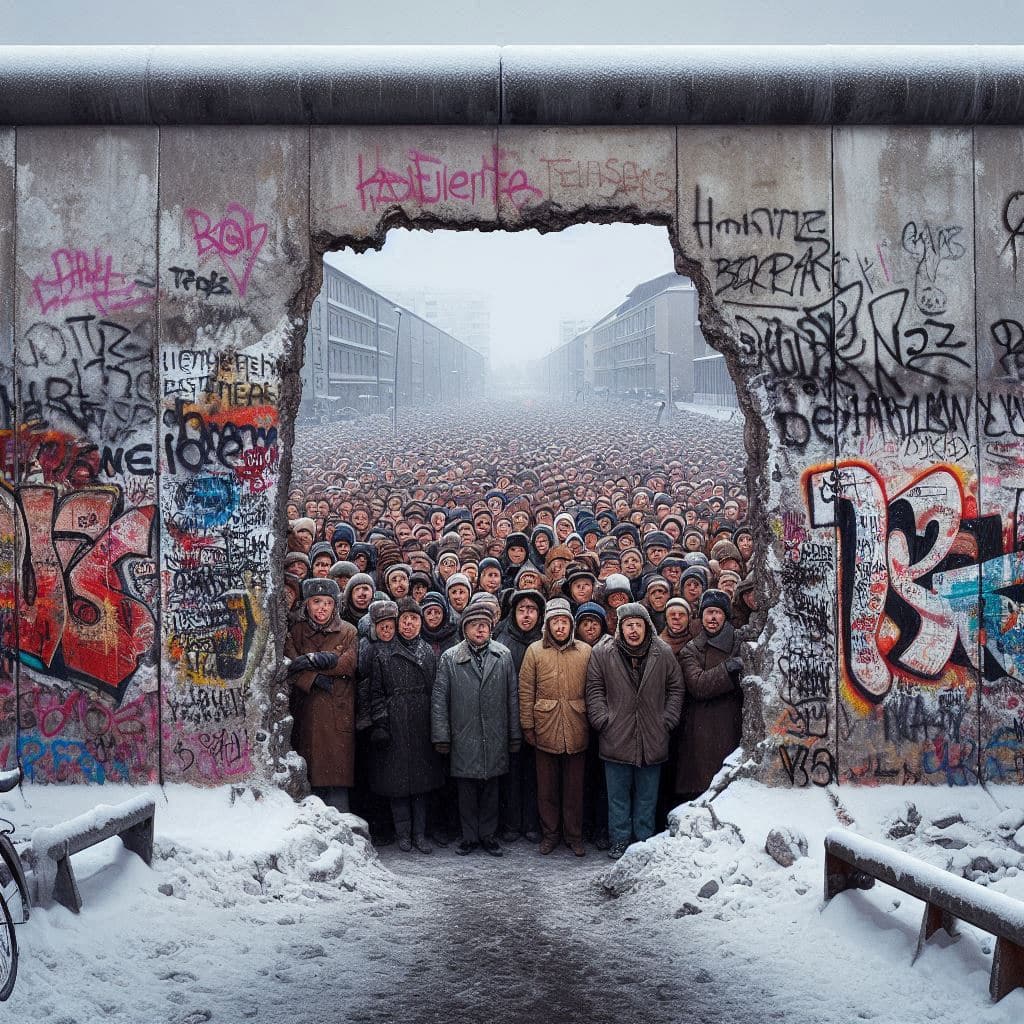Why Britain’s roads should be more like ice rinks
SUGGESTED



Yes, some accidents and contact collisions probably occurred. But, by and large, this unplanned spontaneous order of activity worked. Once a few social conventions had developed – such as that everyone moved in the same direction, left space for the rink’s entry and exit, and gave a wide berth to children – you had a good time and skated happily.
Such voluntary cooperation is the complete opposite of how our road traffic is managed. Instead, officials seek to “plan” the movement of traffic through a “command and control” approach of extensive traffic lights, speed bumps, signs, signals, bus and cycle lanes, speed cameras and speed limits. A new report by my colleague Richard Wellings and his co-author Martin Cassini shows there has been a 40% rise in traffic light use in the past two decades, an increase much greater than the growth of traffic or drivable road space, which has somewhat flat-lined. Over roughly the same period, speed bump prevalence (proxied by the number of signs) is up 2,004%, speed limits 96%, and cycle routes 1,175%.
For many Londoners, I suspect this will not come as much of a surprise. We can see some of the results. There have been two occasions recently where I’ve sat in gridlocked traffic around the Oval to Vauxhall area, where seemingly half the road has been assigned to cyclists, only to see the odd one or two riding a bike during those busy periods. Centrally planned traffic management systems are inflexible and eliminate the scope for discretion and common sense. Often, traffic lights and other road safety measures do not work as intended. Other times, they impose costs which vastly exceed the notional benefits.
TfL’s own modelling of the flagship East-West Cycle-Superhighway, for example, shows it will increase peak journey times for vehicles between the Limehouse Link tunnel in Docklands and Hyde Park Corner by around 20 minutes – a huge economic cost for a marginal shaving off the cycle time.
Here’s the crux: our whole approach to “managing” traffic often ignores sound economics. Many schemes are undertaken without sufficient analysis of costs and benefits. With traffic lights, for example, not enough focus is given to the environmental impact of drivers having to stop and start, the role of traffic lights themselves in causing accidents, the economic impact of slower journey times, and the costs to life of delays to accident and emergency vehicles. This is not to mention how, over time, a culture of dependence on management for safety erodes personal responsibility and courtesy to others on the road.
How can we escape from the culture of managerialism in this area? First, we can acknowledge that road safety was improving prior to this proliferation of regulation. Second, we can examine how both internationally and in the UK many schemes with far less use of traffic management techniques have been successful. So-called shared space schemes in Ashford, Portishead and Poynton, which have stripped out traffic management devices, seem to have resulted in lower accident rates and smoother traffic flow. Over the longer term, the whole need for traffic management might be usurped by driverless cars.
But in the shorter term and in London, perhaps we could just issue a plea: would it really be too much to ask for TfL and others to base decisions on sound economic thinking and to not always assume more management is the answer? After all, if we don’t need traffic lights, signs and bumps on the ice rink, why do we always assume we need them on the roads?
Ryan Bourne is the IEA’s Head of Public Policy, and Director of the Paragon Initiative. This article first appeared in City AM.
4 thoughts on “Why Britain’s roads should be more like ice rinks”
Comments are closed.





The (American) Financial Accounting Standards Board compared accounting standards with traffic laws.
Certainly one aspect of traffic laws may be relevant. In London new sets of traffic lights keep cropping up all over the place, yet they hardly ever seem to disappear. Are accounting standards like that, destined to proliferate until they cover the entire landscape? In accounting, as with driving, personal judgement is vitally important; and it is essential to have regard to the context. That is Hayek’s ‘spontaneous order’. Reducing the number of traffic lights in towns seems like a good idea to me. At least let’s give it a try; let’s experiment and see how well it works. Then we can genuinely have evidence-based policy.
There is an important difference between ice rinks and roads. On an ice rink everyone is similarly vulnerable and so they all have similar incentives to behave. On the roads, some users are much more vulnerable than others and so action needs to be taken in order to avoid them being forced off the roads by the danger presented by the less vulnerable road users.
I am always impressed by the ability of the IEA to find meaningless, superficial analogies, apply a dash of hate – the – government economics to a subject that is far more complex than a simple equation of supply and demand, ignore all evidence in favor of meaningless statistics in isolation and end up with an utterly horrible solution. Does the author remember London before the congestion charge, the investment in bus infrastructure, attempts at modal shift? I do. I don’t remember it being the land of milk and honey.
If we want to know what works in transport planning, we don’t need to look at right wing bloggers attacking those hipster cyclists the only way they know how, we need to look at cities that have succeeded in making themselves livable, pleasant and prosperous. Given the author is essentially offering LA vs Copenhagen, I’m afraid I choose Copenhagen.
I am whilst not exactly an expert ice skater a very experienced skater. I do have a National Ice skating Bronze medal 2002 Adult section. As a skater I can stop if I need to. I can easily jump over a fallen skater, although that is a rare event. There is no stopping distance and very little thinking distance involved compared to driving a vehicle. I agree skaters are almost entirely well behaved but then they are not going anywhere, skating is for pleasure. Faster skatersw are more skilled than slower skaters, unlike motorists where any Tom dick or Harry can use their right foot to threaten their own lives and other peoples safety. The only protection that skaters have apart from hockey skaters is the ability of their bodies to absorb the occasional tumble. Motorists by contrast are protected by the vehicle body, seat belts and air bags.
When I leave the ice rink, I skate at Swindon’s Link Centre, I need to take the route to the M4 as I do not live locally. The intersection at junction 16 is controlled by traffic lights. They work very well at controlling traffic speed. Not so long ago the junction was improved by the alteration of the lane markings. Most drivers are familiar with the layout of the junction. It strikes me that the junction was considered to be in need of improvement by Highway engineers. The idea that the lights could be dispensed with is nonsense. However there is the Magic roundabout which I have not been to d0oesn’t have traffic lights and works well there has not been many accidents in the 40 since it was built.